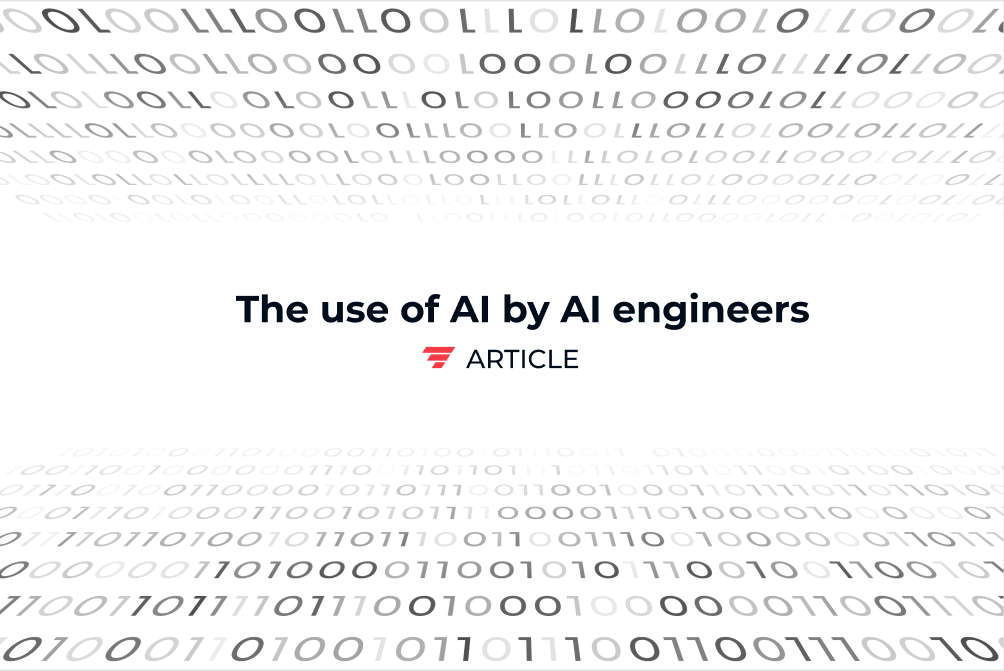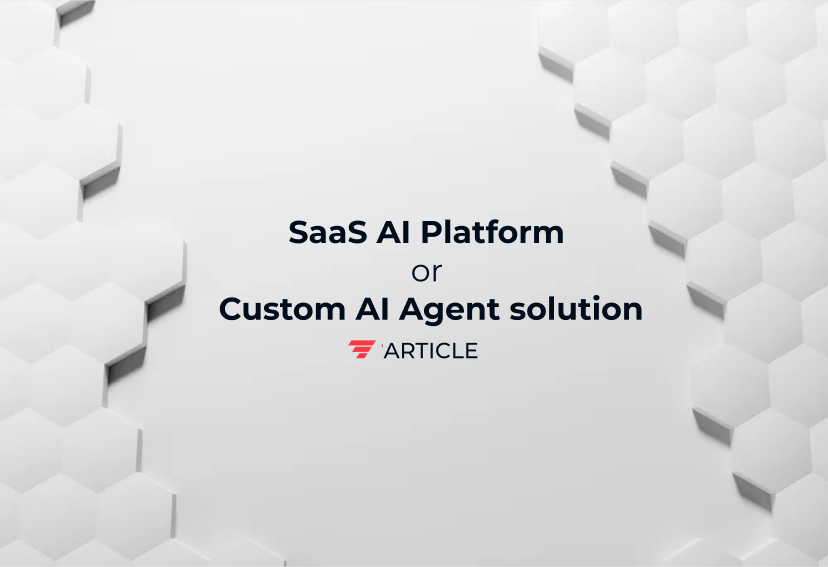Computer Vision
Computer vision is a field of artificial intelligence that enables machines to interpret, analyze, and understand visual information from digital images and videos, mimicking human visual perception through computational methods. This technology combines image processing, pattern recognition, and machine learning to extract meaningful insights from visual data. Computer vision systems employ convolutional neural networks (CNNs), transformer architectures, and deep learning models to perform tasks including object detection, image classification, semantic segmentation, and scene understanding. Core processes involve image preprocessing, feature extraction, pattern matching, and decision-making based on visual cues. Applications span autonomous vehicles, medical imaging, facial recognition, quality control, and augmented reality. Modern computer vision leverages techniques like transfer learning, data augmentation, and multi-modal learning to achieve human-level or superhuman performance in specific visual tasks. For AI agents, computer vision provides essential perception capabilities enabling autonomous navigation, environmental understanding, and visual reasoning necessary for real-world interaction.
Want to learn how these AI concepts work in practice?
Understanding AI is one thing. Explore how we apply these AI principles to build scalable, agentic workflows that deliver real ROI and value for organizations.




